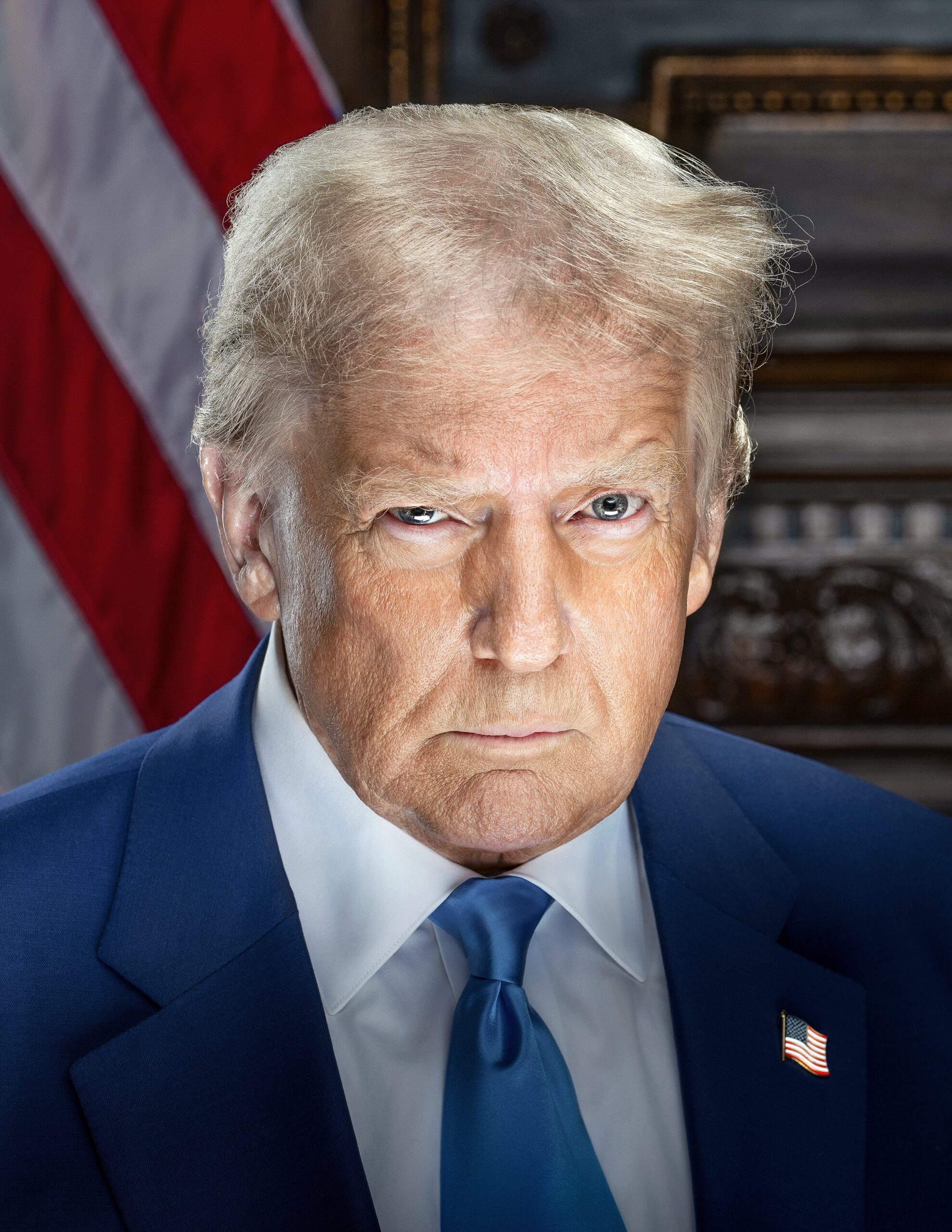Recent developments reveal new financial accounts associated with former President Donald Trump, sparking widespread discussion among investors and regulators alike. These accounts are designed to manage and potentially shield assets in ways that differ from traditional banking or investment accounts, attracting both interest and scrutiny.
Historically, Trump’s financial dealings have been under intense public and regulatory focus, especially concerning transparency and compliance issues. Recent reports suggest these new accounts leverage innovative structures that aim to optimize tax benefits and asset protection, but also raise questions about oversight and legality.
The specifics of how these accounts operate involve complex arrangements, including the use of offshore entities and specialized financial instruments. These methods are intended to provide strategic advantages, but they complicate transparency, making it difficult for regulators and financial experts to evaluate their compliance with existing laws.
Financial experts are divided on these new accounts. While some see potential benefits in terms of asset management and privacy, many express concerns about the lack of transparency and the possibility of evading taxes or regulatory scrutiny. Critics warn that such accounts could undermine financial accountability and facilitate illicit activities if not properly monitored.
The implications extend beyond individual investors, touching on broader issues of financial regulation and enforcement. Regulatory agencies are closely monitoring these developments to determine if existing laws adequately address these new account structures or if new legislation is needed to curb potential abuses.
Market reactions have been cautious, with some stakeholders worried about the broader impact on confidence in financial markets. The controversy underscores ongoing debates over financial privacy versus transparency and the importance of robust regulatory frameworks.
Looking ahead, attention will focus on any regulatory actions or legislative changes aimed at addressing the issues raised by these accounts. Additionally, upcoming audits or investigations could provide more clarity on whether these accounts comply with laws or if they pose systemic risks.
What are the main features of Trump’s new accounts?
The new accounts use complex structures involving offshore entities and financial instruments to enhance asset protection and tax efficiency.
Why are financial experts concerned about these accounts?
Experts worry about the lack of transparency, potential tax evasion, and regulatory compliance issues associated with these accounts.
What could be the next steps from regulators?
Regulators may increase scrutiny, enforce stricter compliance measures, or propose new legislation to regulate such account structures more effectively.







